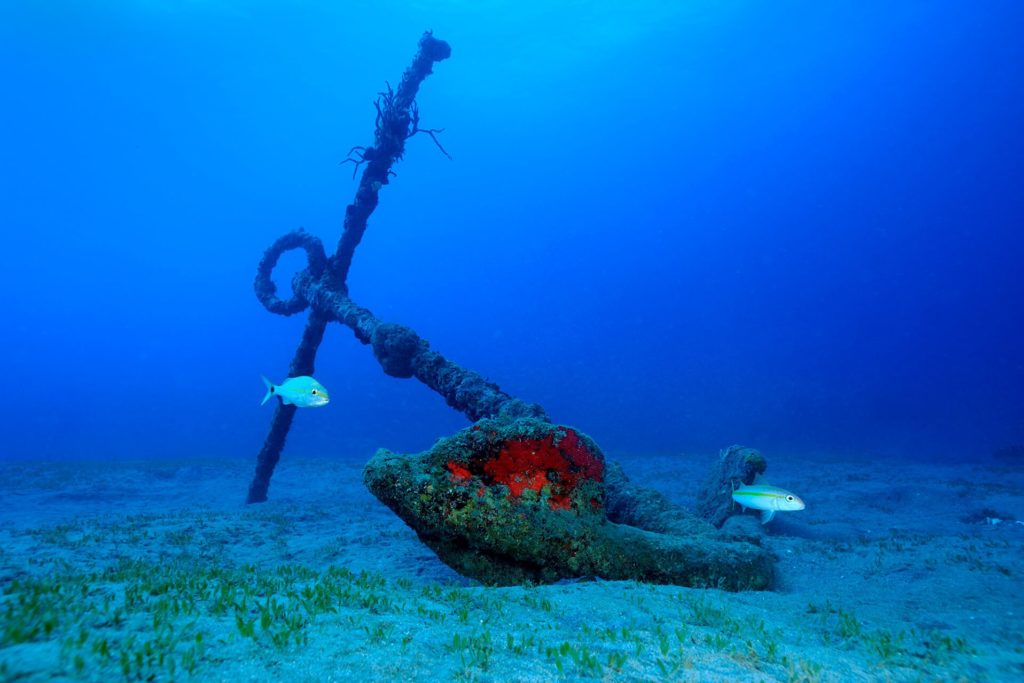Notes from the Field: Sint Eustatius, the "Golden Rock," Part 2
Known as the "Golden Rock," Sint Eustatius supplied the slave and free trade needs of the 18th-century Atlantic World. Part one of this three-part series offered an overview of the history of Sint Eustatius. This post discusses my visit to the island.
Visiting Sint Eustatius
Tim and I traveled to Statia to explore its history, scuba dive in its reefs, and to relax. Like most tourists, we stayed in Lower Town in one of the two hotels on the beach (there are only two hotels on Statia) and climbed the steep Bay Path when we wanted to visit Upper Town.
Not much remains of Lower Town. At the height of Statia's "golden years," approximately 600 warehouses lined the shoreline to greet and trade with ships. Today, the Statian shoreline is mostly beach. A few modern buildings and a few restored warehouses now used as hotels and shops stand interspersed among the partial stone remains of many warehouses.
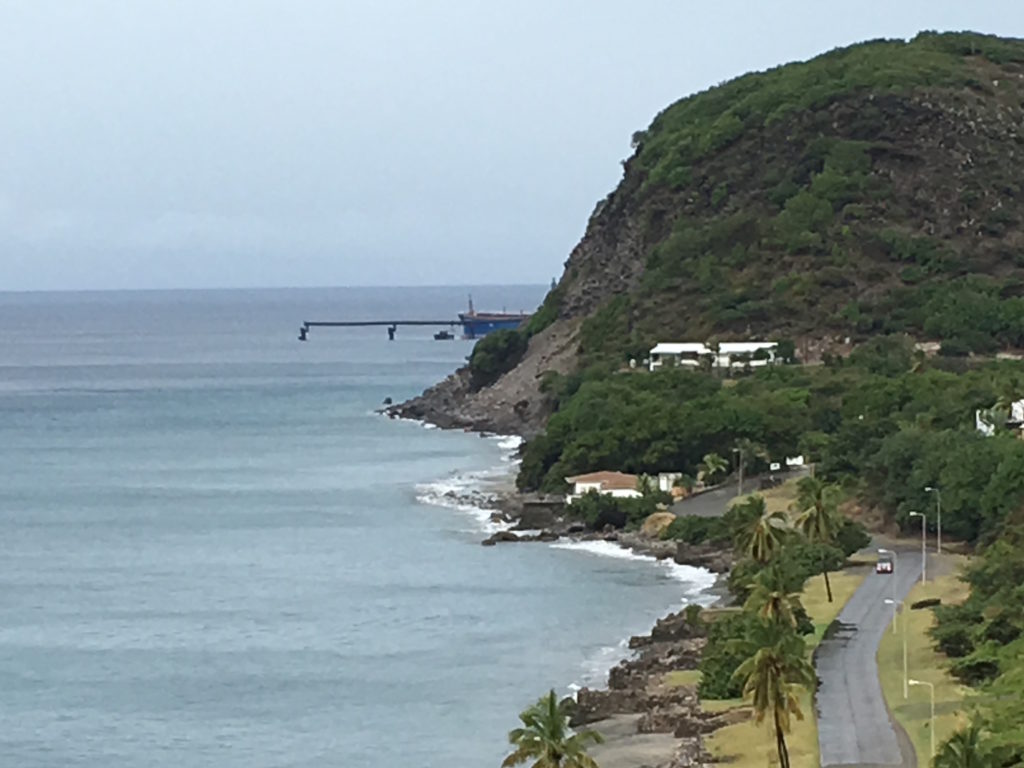

Upper Town also has many ruins of buildings that once stood in the 18th and 19th centuries. Fort Oranje anchors the town and from it spreads a core of historic houses and government buildings and a newer modern town. The historic buildings all share common features. Ground floors are constructed with either brick or native volcanic stones and upper floors with wood. Many who occupy historic buildings still use kitchens and ovens constructed by the Dutch during the 18th century.
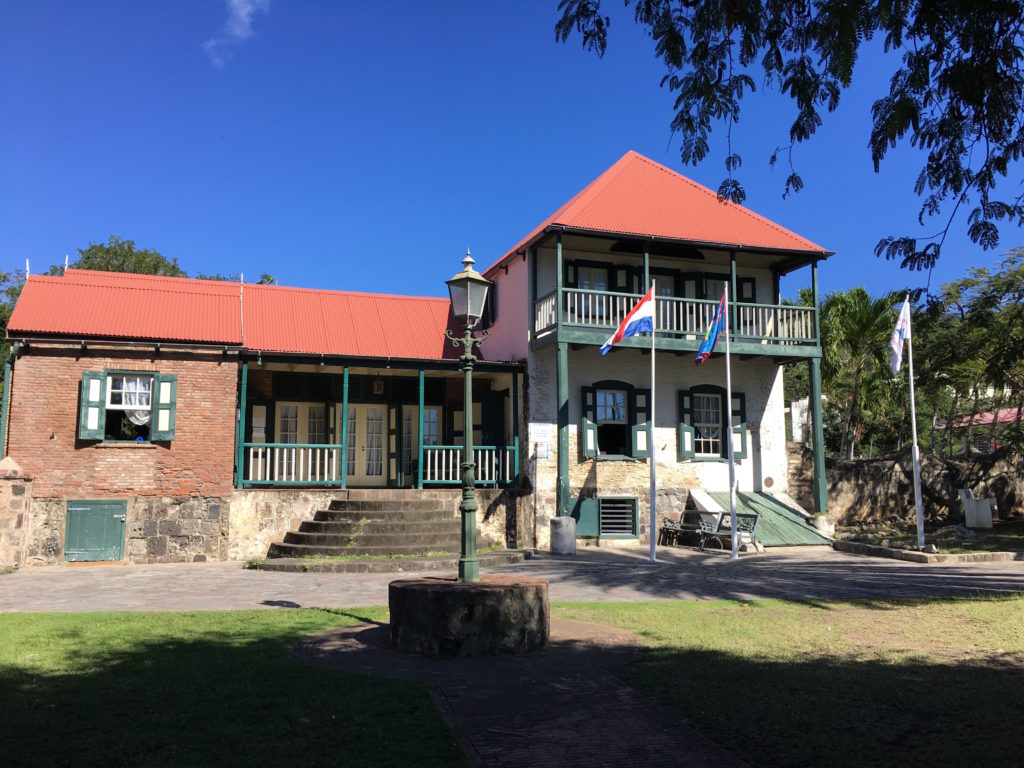
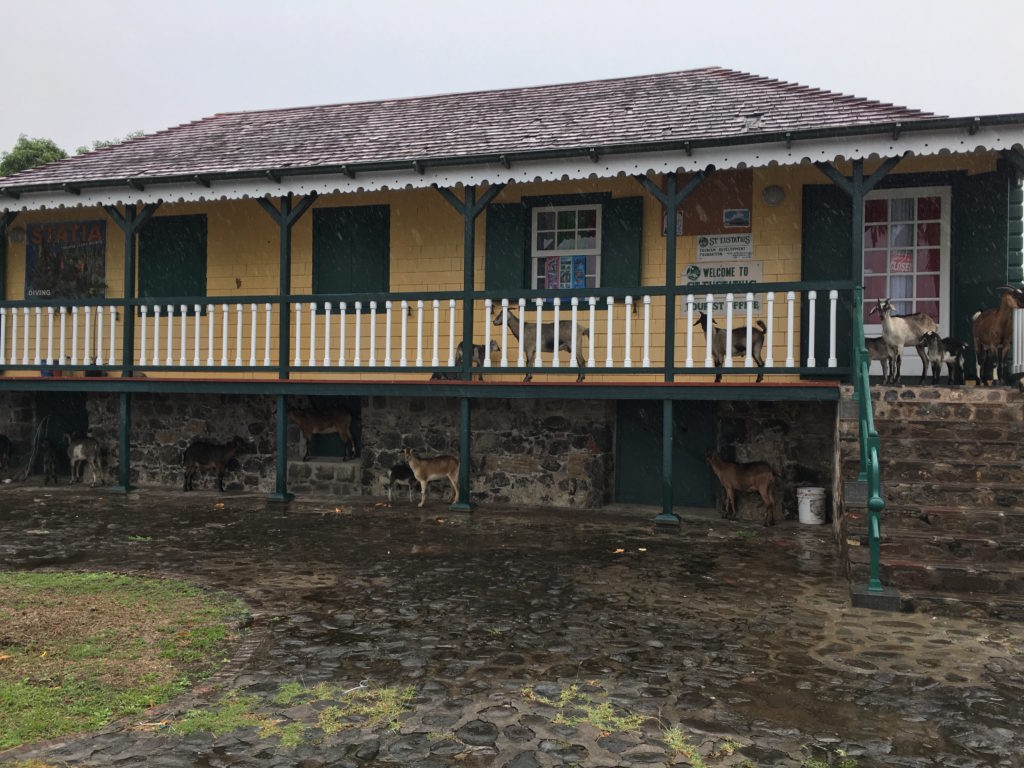
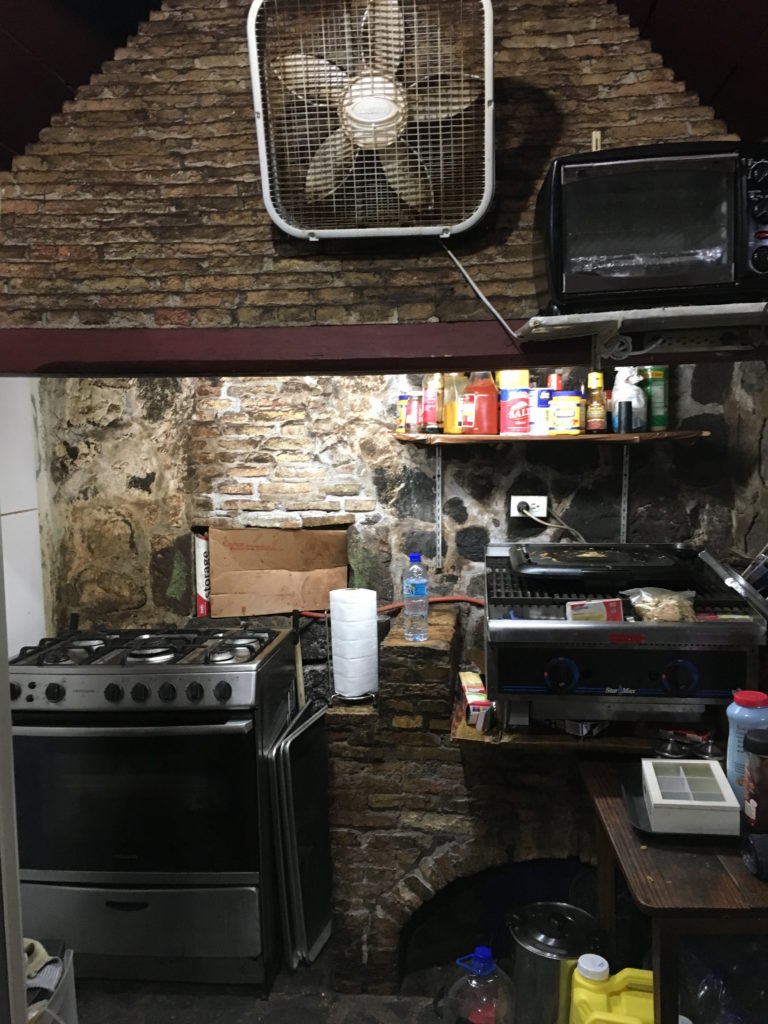
Comparing Dutch Atlantic Towns
Throughout our stay, I couldn't help but compare the historic Upper Town of Oranjestad with Beverwyck/Albany. Both settlements served the Dutch as port and trading towns, albeit Sint Eustatius had a large Atlantic port that prospered in the slave trade and Albany had a much smaller inland river port that prospered in the fur trade. The architecture of the settlements differed a lot because of environment; Albany had a much more urban layout common to Dutch cities in the Netherlands while Statia had many buildings that were placed together less closely.

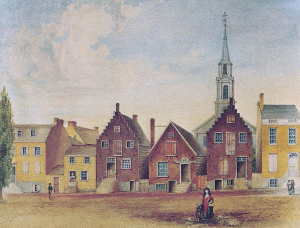
Statia and Albany also differed in their use of language. Although Sint Eustatius is a Dutch municipality, English is the official language of the island and has been since the early 18th century. According to island historian Martin Hellebrand, who led Tim and I on a tour of Upper Town, Statians have been speaking English since at least the 1720s. He noted the earliest evidence they have of this fact is an official court record. The record recounts a fight between two women, one of whom slapped the other for calling her a whore. Hellebrand stated that altough all the official court records are in Dutch, as required by law, the court clerk had to work to keep them in Dutch as all the testimony offered in the case was in English.
I found this interesting because by the 1720s, the official language of Albany was English. And yet, even in the 1720s, many notaries and clerks had to work to keep their records in English because many Albanians still preferred to speak and write in Dutch.
Not All History
Although this post and the one that preceded it speak mostly to the historical part of our trip, exploring Statia's history comprised only about a day of our week-long adventure. Tim and I spent the majority of our trip diving in Statia's reefs, napping, reading, and watching the sunset with Mai Tais.
